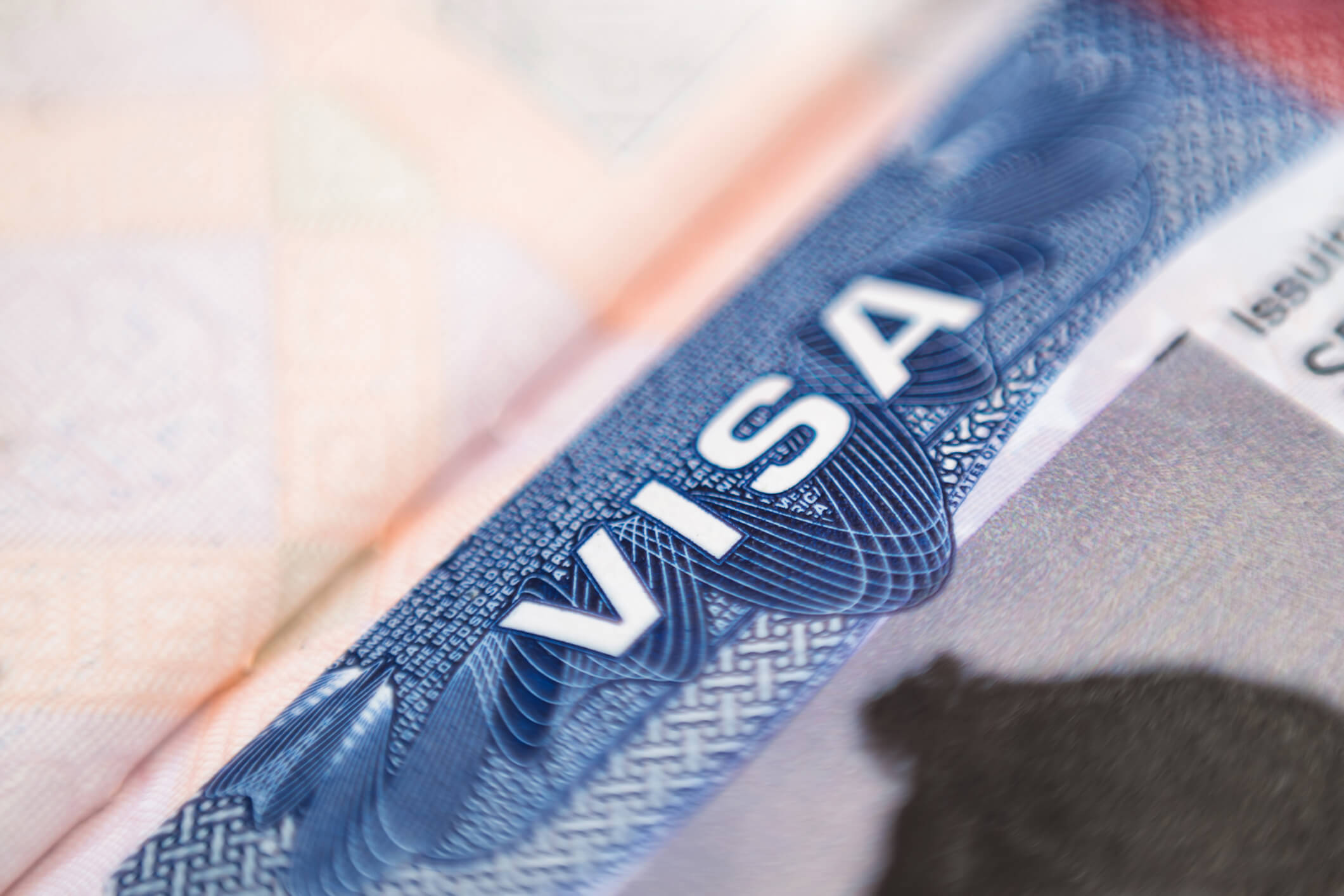On November 14, 2016 U.S. Citizenship and Immigration Services (USCIS) published a new Employment Eligibility Verification form, commonly referenced as Form I-9. The new form, which employers must use to establish the employment authorization of employees they hire, features a number of upgrades intended to help reduce errors and facilitate greater efficiency and accuracy in the completion of the form. It is important to note that, while the new Form I-9, dated “11/14/2016 N” in the document’s lower left corner, is now available for use and can be downloaded from the USCIS website, employers can continue to use the old version, dated “03/08/2013 N,” through January 21, 2017. As of January 22, 2017 all employers must have made the switch over to the new form.
The advent of this new Form I-9 is generally being welcomed as a development that may ease some of the compliance burdens and risk of technical errors historically associated with the old form. Among the enhancements included in the new Form I-9 are online prompts (e.g., hover text or drop-down menus for certain fields), automatic generation of a quick-response (QR) code that can be used during audits, and real-time error notifications to help ensure that all required fields have been completed and that the information provided is consistent with compliance requirements. Employers should note, however, that these gains do not alleviate the employer’s responsibility to review proper documentation from the employee and to abide by anti-discrimination provisions. Nor should employers consider the new Form I-9 to be an “electronic I-9” as defined by U.S. Department of Homeland Security regulations. Although employers can access and complete the new Form I-9 on USCIS’s website, they must still print the completed form, obtain handwritten signatures, store the hard copy securely, and follow the same re-verification practices they have followed when working with the old, paper version of the form.
Additional information on the new Form I-9’s specific smart features and content-based changes may help employers prepare for the transition and equip them to take full advantage of the form’s improvements so they minimize the risk of errors which could lead to fines.



